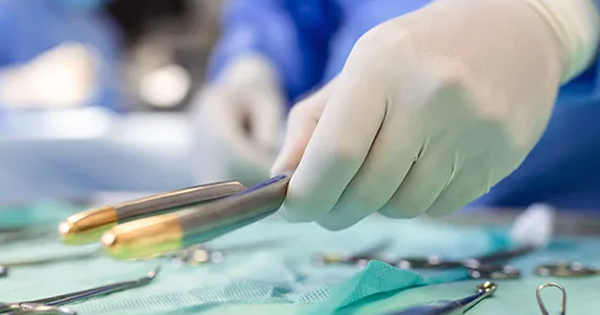I presume that I, like you, went into medical care to help patients. Sometimes the help was to cure their disease, sometimes it was to help them improve their quality of life with life-limiting disease and sometimes it was to help them have a dignified and peaceful death. Over the years, I have worked with critically ill patients who have died of their disease. I guess I never thought about how clear it was to see a flat electroencephalogram (EEG), apnea when not on a ventilator or ventricular fibrillation as clear ends of life. That is, until I started caring for patients with chronic wounds.
Clearly, patients came to the wound centre with necrotic wounds expecting the wound to heal in a couple of weeks. For those patients, we explained that like burned meat, the dead flesh cannot be brought back to life. But it is the other patients with wounds that are not likely to heal, especially when considering their comorbidities. Sure, we should try to help them with debridement, nutrition and medical devices to support healing. But we know that full-thickness wounds will require a year to heal and then once healed, scar tissue will remain that will be at a high risk of re-ulceration.
Hence my question: “when is enough enough?” In my experience, surgeons seem to know when not to surgically debride a wound. I often see surgeons explain to families that debridement would create a painful wound that is larger than the existing one and with little to no hope of healing. Often at that point, the patient and family choose comfort care.
However, I seldom see that appreciation of creating more harm than good in other situations. When should weekly debridement stop? When should daily dressing changes stop? Does it take hospice status or being in an actively dying condition for wound treatment to stop? I realise that the clear indications of death that existed in the critically ill do not often exist in those patients with wounds. I think the wound care community needs to help determine when wound cure is not possible, and establish guidelines for care of the nonhealable wound. These guidelines should start with the patient’s and family’s input. Hope should never be taken away from the patient, because you and I have both been surprised when a wound we thought would never heal … did indeed heal. The decision to continue treatment belongs to the patient and for patients who have dementia or those who are not able to decide, it belongs to the family.
The outcome of disease has and continues to improve with research on new medications and treatments. When I started doing burn care, we estimated prognosis by subtracting the percent of body surface area (BSA) burned from 100, and the remainder equalled the likelihood of survival. So, a person with a 75% BSA full-thickness burn had a 25% chance of survival. Today, of course, that calculation is no longer true. But just like the burn patients from years ago, there are some wounds in some patients where we just need to be honest and tell the patient that the wound will not heal. It may not take the patient’s life, but frequent wound care will be needed. If the patient chooses that option, as long as it is safe, we should continue. And most importantly, we need to collaborate to determine the best course of treatment to reach the best outcome for all patients.





